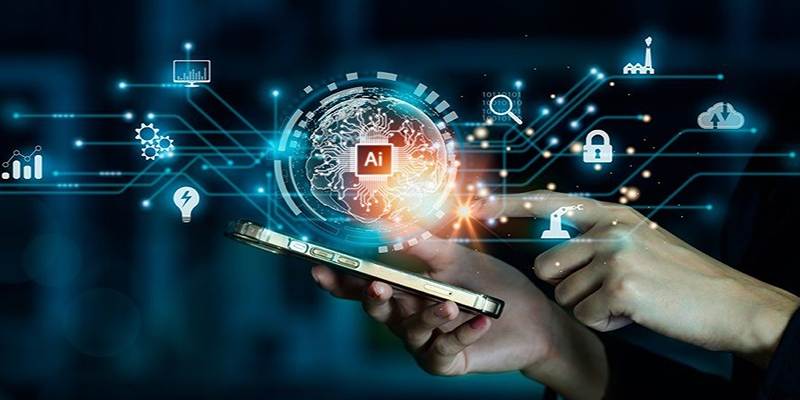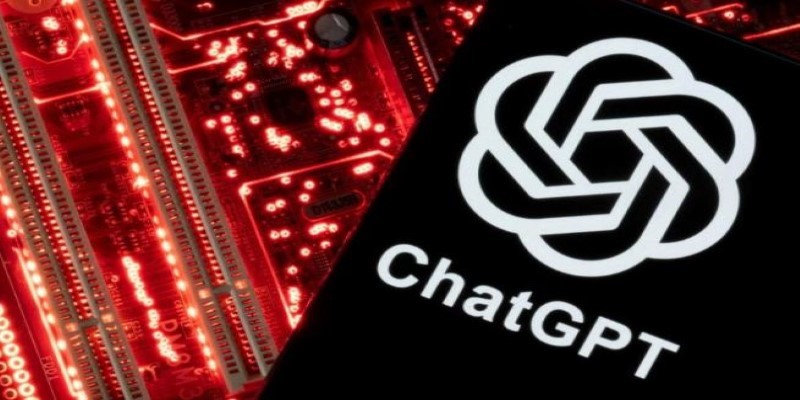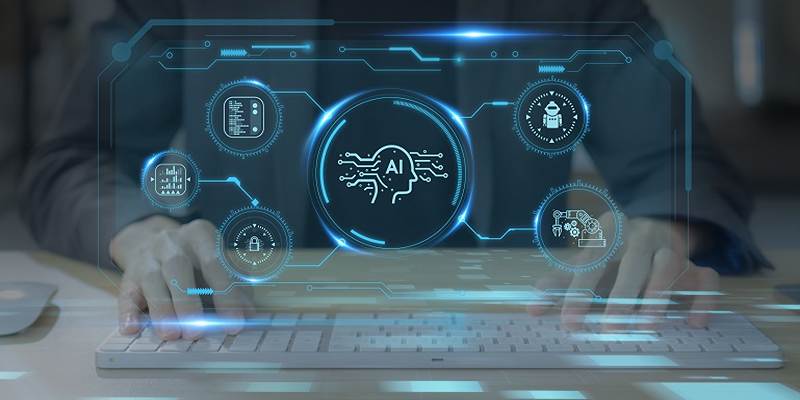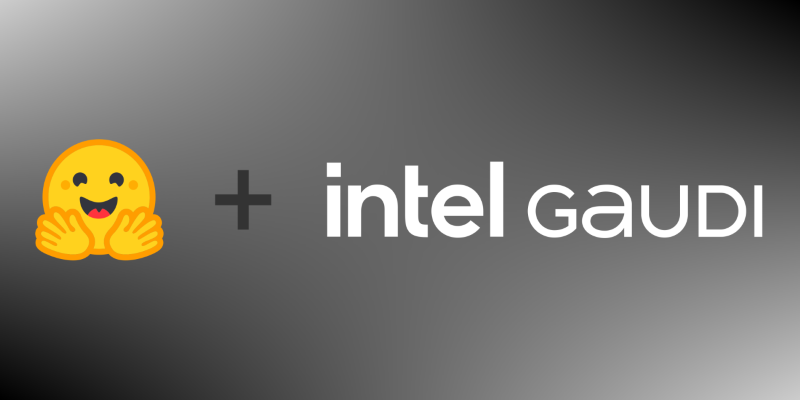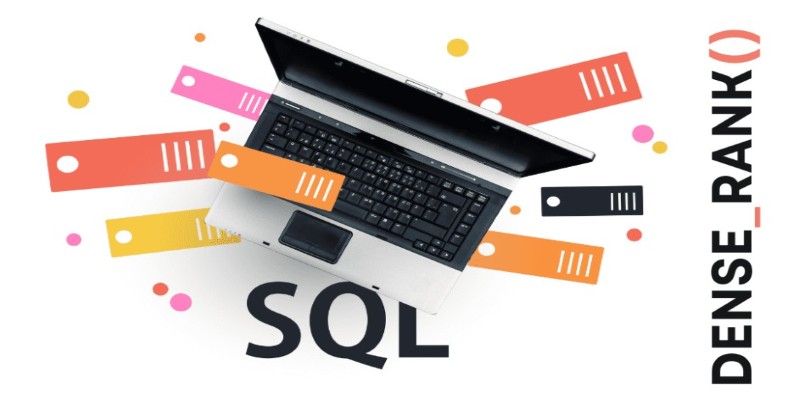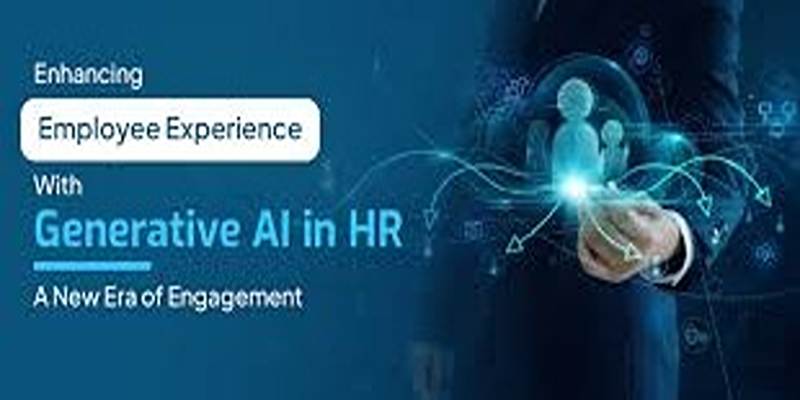Managing human resources well becomes more important as businesses get bigger and more complicated. Companies today are using next-generation AI tools to rethink how they optimize their staff. Modern AI solutions include real-time data, smart automation, and the ability to guess what will happen. Traditional systems depend on static rules and manual input. Organizations are changing how they assign work, manage performance, and keep good workers because of this change. It makes operations run more smoothly and employees happier.
Understanding Workforce Optimization
Workforce optimization is the process of strategically using human resources to improve efficiency, service quality, and employee performance. It involves areas like staff scheduling, performance tracking, training, task assignment, and workload balancing. While many businesses have adopted digital tools to manage these tasks, most legacy systems lack adaptability and real-time intelligence.
It is where AI in the workplace makes a huge difference. The next generation of AI doesn't just automate; it actively studies data, predicts trends, and changes how people work together in real-time. It helps people make better choices and plan their work more quickly.
What Sets Next-Gen AI Apart?
Unlike traditional automation tools, next-gen AI is designed to learn, adapt, and grow smarter over time. These systems use technologies such as machine learning, natural language processing, and predictive analytics to gain a deeper understanding of workforce behavior and business needs.
Some of the standout features include:
- Continuous learning: AI models adjust to new information and improve decision-making automatically.
- Real-time insights: Data is processed instantly, allowing immediate responses to staffing needs or performance changes.
- Predictive analytics: These tools can forecast future demand, skill gaps, or employee attrition risks.
- Human-like understanding: With natural language capabilities, AI can interpret employee feedback, emails, and even tone in conversations.
Together, these features enable a far more dynamic and responsive approach to workforce management.
Applications of Next-Gen AI in Workforce Optimization

AI-powered tools are now playing a key role in optimizing teams across multiple industries. From streamlining scheduling to improving engagement, the applications are both wide and impactful.
Intelligent Scheduling and Forecasting
Scheduling is one of the most time-consuming HR tasks. Next-gen AI tools use historical data, employee availability, and demand trends to build optimized shift patterns. These systems can account for peak hours, seasonal changes, employee preferences, and even last-minute absences.
Benefits of AI-driven scheduling include:
- Reduced overtime costs
- Increased employee satisfaction due to fair shift distribution
- Accurate demand forecasting
- Lower turnover due to burnout prevention
Recruitment and Onboarding Assistance
AI solutions also streamline hiring and onboarding processes. They can scan thousands of resumes in seconds, identifying top candidates based on job fit and organizational culture. Some systems even use video analysis to evaluate body language and soft skills during interviews.
During onboarding, AI helps new hires by:
- Delivering personalized training content
- Answering FAQs through chatbots
- Tracking progress and adjusting learning paths
It leads to faster integration and reduced pressure on HR teams.
Real-Time Performance Monitoring and Feedback
Tracking employee performance traditionally involved periodic reviews. However, AI enables real-time performance analysis using metrics such as output, response time, and quality scores.
AI tools help organizations:
- Spot underperformance early
- Offer timely recognition and feedback
- Identify team-level challenges before they escalate
By providing actionable insights, AI supports managers in making quick, informed decisions about employee development. There is also a growing trend of integrating AI-driven dashboards that visualize team metrics, productivity, and overall workforce health.
Enhancing Employee Engagement with AI
Another powerful use case is employee engagement. AI can interpret survey responses, detect stress signals, and even predict when an employee is likely to leave. Some platforms use chatbots to conduct anonymous pulse checks and gather real-time feedback.
These tools help companies:
- Understand employee sentiment
- Offer personalized growth opportunities
- Prevent attrition through early intervention
The result is a more connected, supported, and motivated workforce.
Addressing Challenges and Ethical Considerations

Despite its benefits, implementing AI in workforce optimization comes with a few concerns. Privacy and transparency are two of the most important.
Key challenges include:
- Employee monitoring: Constant data tracking can feel intrusive if not handled properly.
- Bias in AI algorithms: If historical data is flawed, AI may reinforce existing inequalities.
- Over-dependence: Relying solely on AI may weaken the human connection between management and staff.
To overcome these issues, businesses must ensure:
- Clear communication with employees about how AI is used
- Regular audits of AI tools to prevent bias
- A balance between technology and human judgment
Ethical use of AI in workforce settings is critical to gaining employee trust and long-term success.
Industry Examples: Where Next-Gen AI Is Already Working
Many organizations have already seen measurable improvements from implementing next-gen AI for workforce optimization.
Real-life applications include:
- Retail: AI adjusts staffing levels based on foot traffic, weather, and promotions.
- Healthcare: AI matches nurse shifts with patient needs to avoid burnout and increase care quality.
- Call centres: Speech analysis tools offer real-time feedback to agents, boosting customer satisfaction.
- Logistics: Predictive systems optimize delivery schedules and assign drivers based on performance data.
These examples show that AI doesn’t just enhance efficiency—it also creates a better work environment.
Conclusion
Spreadsheets and static dashboards are no longer the only tools available for utilization in workforce optimization. The development of next-generation artificial intelligence enables businesses to create more resilient teams, make more informed decisions, and cut down on inefficiencies. Artificial intelligence provides significant advantages to every element of labor management, from recruitment and scheduling to engagement and retention — and all in between. A future in which people work smarter rather than harder can be unlocked by firms that responsibly use artificial intelligence and combine it with human intuition.

